Curry is an incredibly flavorful dish beloved by millions around the world. With endless customization possibilities, it's no wonder this dish has become so beloved.
A common question when making curry: can I add curry powder at the end?
This article will address this concern and provide helpful tips and techniques for making your curry tastier!
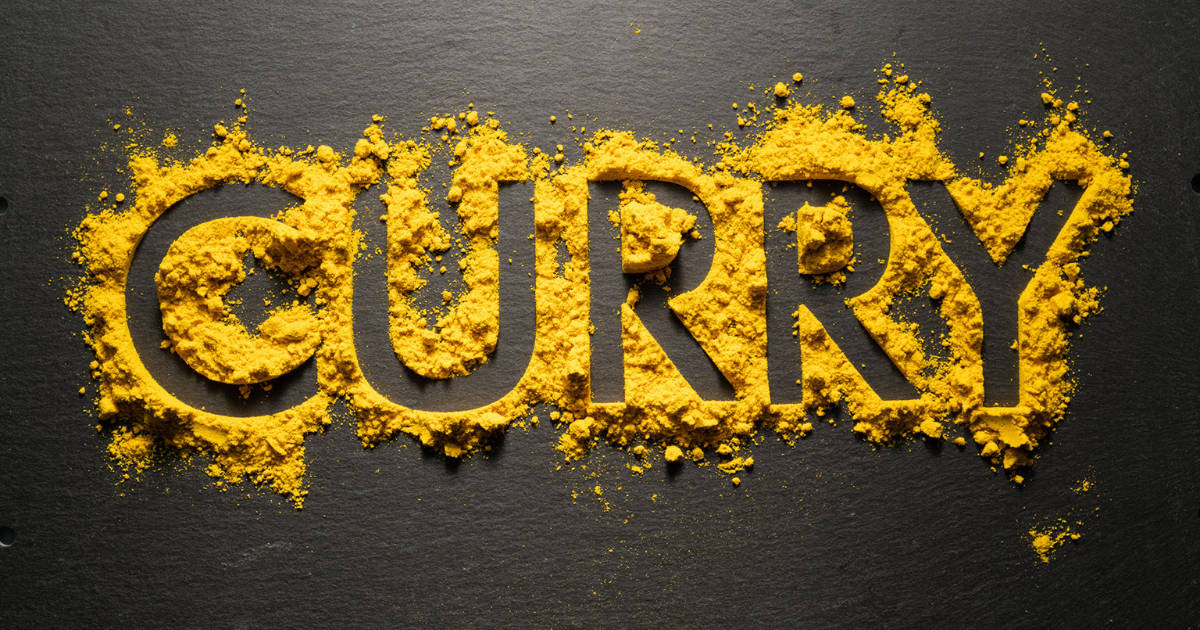
What Is Curry Powder?
Origins and Varieties
Curry powder is an Indian spice blend originating from the subcontinent. While. There is no standard recipe for making curry powder. It typically consists of ground spices like turmeric, coriander, cumin, and chili peppers.
The term "curry" can refer to a wide range of dishes that may differ in flavor or heat level depending on where it originates.
Ingredients and Flavors
Curry powders vary in composition. Some may include fenugreek, ginger, cinnamon, cloves, or cardamom, among other spices. When combined, these spices create an aromatic profile that can be tailored to individual preferences.
The Basics of Cooking With Curry
Traditional Methods
Curry dishes are traditionally prepared by frying spices in oil or ghee, which helps release their flavors. This step, known as "blooming," is essential for creating a rich and complex curry.
Once these aromatic ingredients have been added to the spice mix, additional components like meat, vegetables, and liquids can be added to create desired consistency.
Modern Variations
Many contemporary curry recipes use pre-made curry powder or paste, which can save time and simplify the cooking process.
Though these shortcuts can still produce tasty results, some chefs argue that "making a curry from scratch with whole spices and fresh ingredients produces a superior flavor."
What to Consider When Adding Curry Powder at the End: Pros and Cons
The Advantages
Finishing off cooking with curry powder at the end can add an immediate flavor, making it a popular option for those short on time or looking to revive a bland dish.
This method helps preserve the vibrant colors of spices since they aren't exposed to high heat for extended periods.
The Disadvantages
The primary disadvantage of adding curry powder at the end is that it may not have fully developed its flavors, leading to a less complex dish with less harmony.
Adding curry powder at this stage could cause your food to have an uneven texture as the spices do not have enough time to soften and blend with other ingredients.
Tips for Successfully Adding Curry Powder at the End
Toasting
To get the most out of adding curry powder at the end, toast it in a dry skillet before mixing it into your dish. Doing this helps release essential oils and flavors, making the spices more fragrant and flavorful.
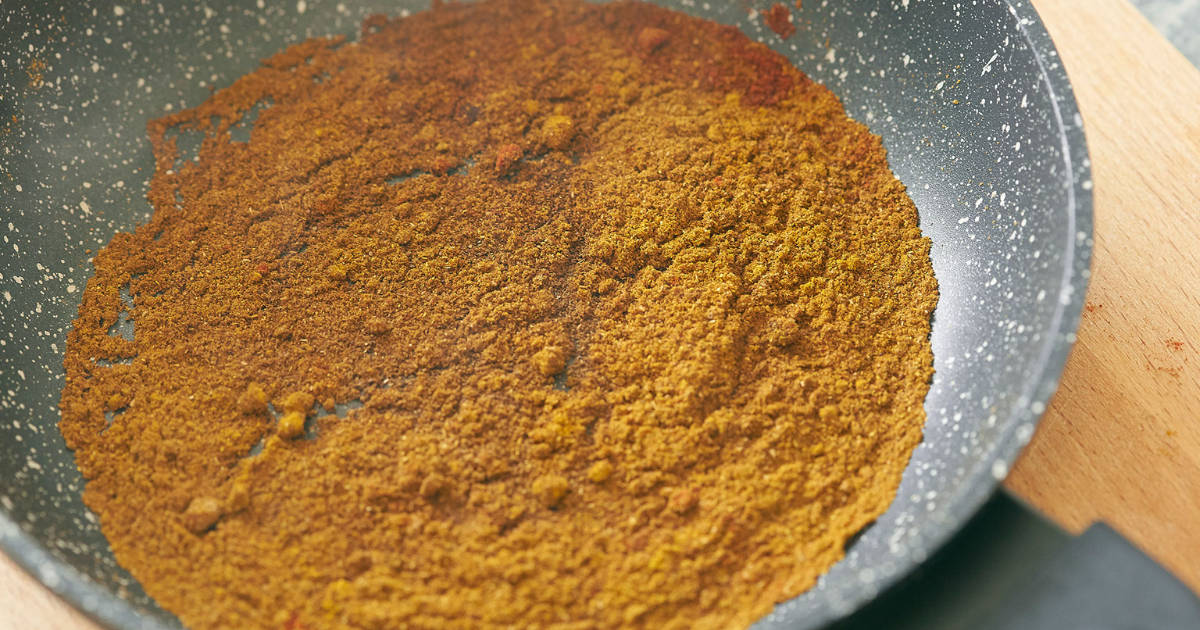
Simmering
Let the curry simmer for a few minutes after adding the toasted powder. This will allow the spices time to infuse into the dish, creating an even flavor profile.
Balancing Flavors
When adding curry powder at the end, be prepared to adjust seasonings to achieve your desired taste.
This could involve adding the following:
- Salt
- Sugar
- Additional spices for a more balanced dish.
Alternative Ways to Enhance Curry Flavor
1. Whole Spices
Use whole spices instead of pre-ground powders for a more complex flavor in your curry.
Toasting these aromatic grains in oil or ghee before grinding them creates an aromatic blend with more depth.
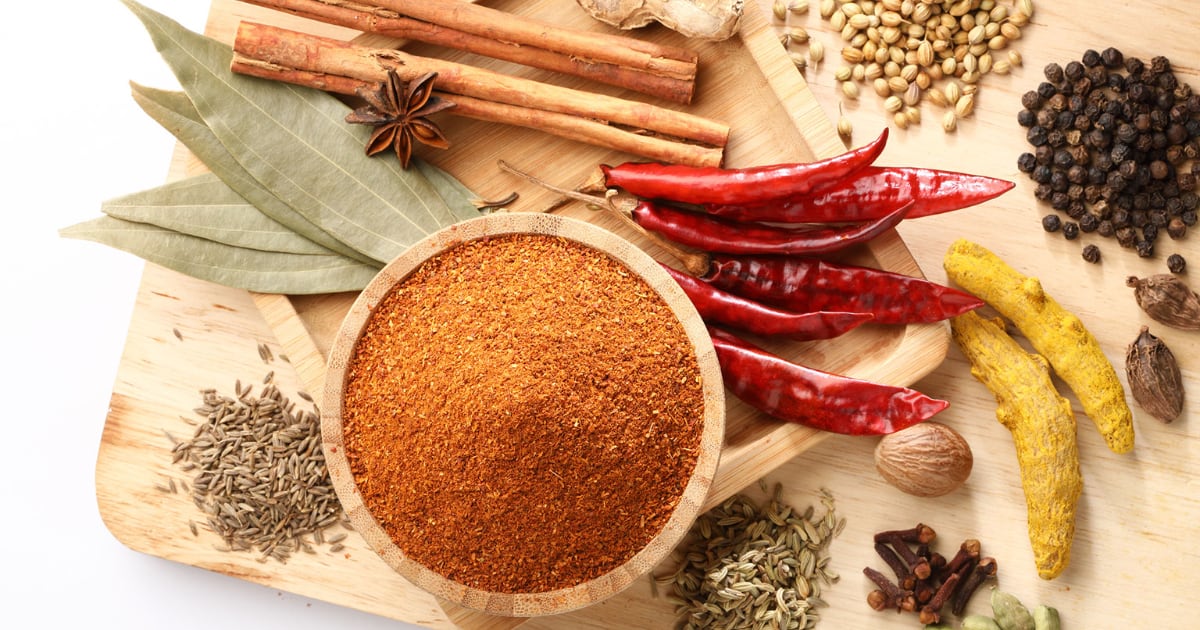
2. Fresh herbs and aromatics
Fresh herbs and aromatics like cilantro, ginger, and garlic in your curry can add depth and brightness. Be sure to add these ingredients towards the end of cooking for the best flavor retention.
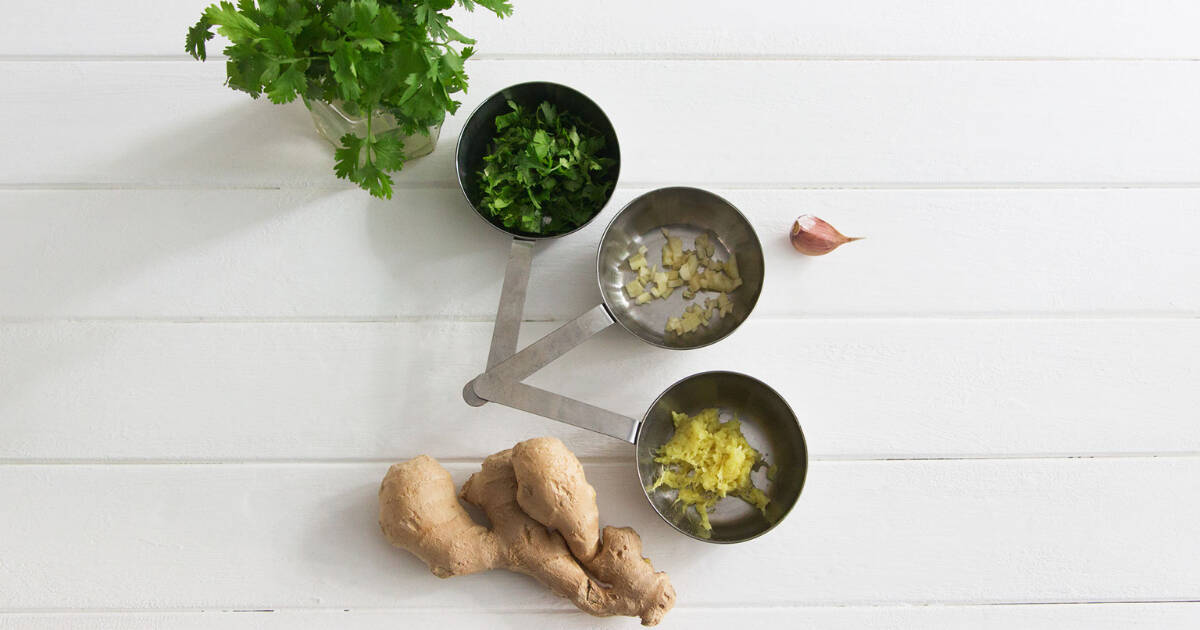
3. Coconut Milk or Yogurt
Incorporating coconut milk or yogurt into your curry adds a creamy, rich texture and provides an antidote for the heat from the spices.
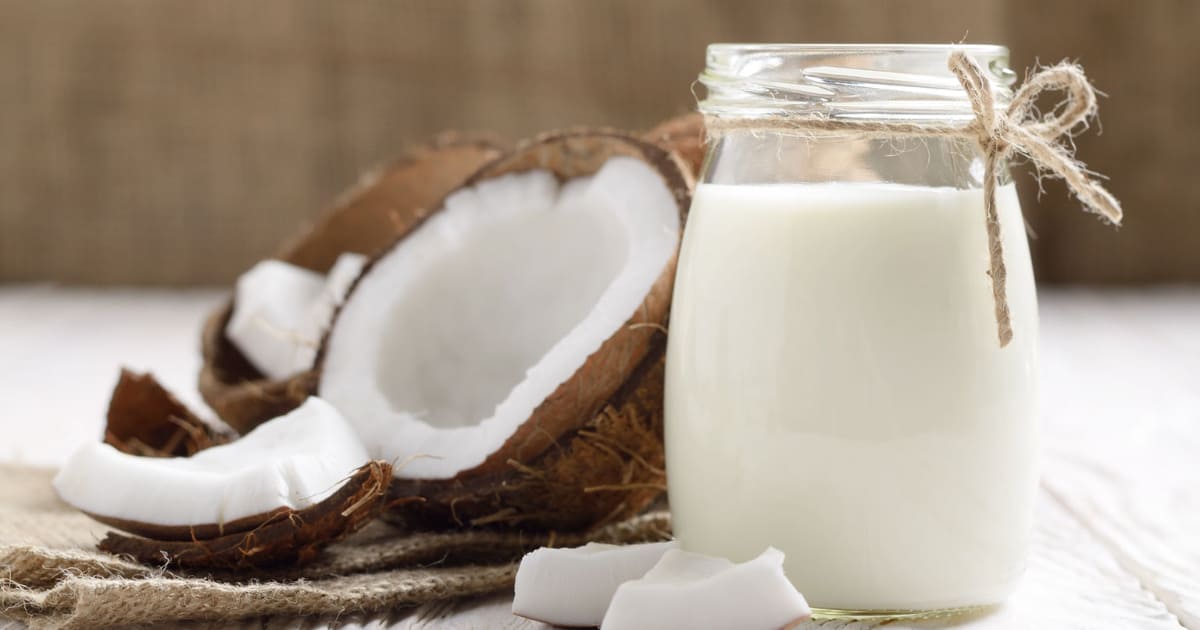
Common Mistakes to Avoid When Adding Curry Powder
1. Over-seasoning
Excessively using curry powder can overwhelm the dish and make it overly spicy or bitter.
Start with a small amount and adjust to achieve your desired flavor profile.
2. Undercooking
Not giving enough time for spices to mix with other ingredients can result in a less flavorful, less cohesive curry.
Be sure to simmer the curry for several minutes after adding curry powder.
3. Making the wrong curry powder selection
Different curry powders offer distinct flavor profiles and heat levels.
Make sure you select a curry powder that complements the ingredients in your dish, as well as one that meets your personal preferences for taste.
Pairing Curries with Side Dishes
Enjoying curries as a side dish is sure to please any palate.
- Rice: Rice is an indispensable accompaniment to curry dishes, helping soak up the flavorful sauce and providing a neutral base that complements the spices. Basmati or jasmine rice are popular options.
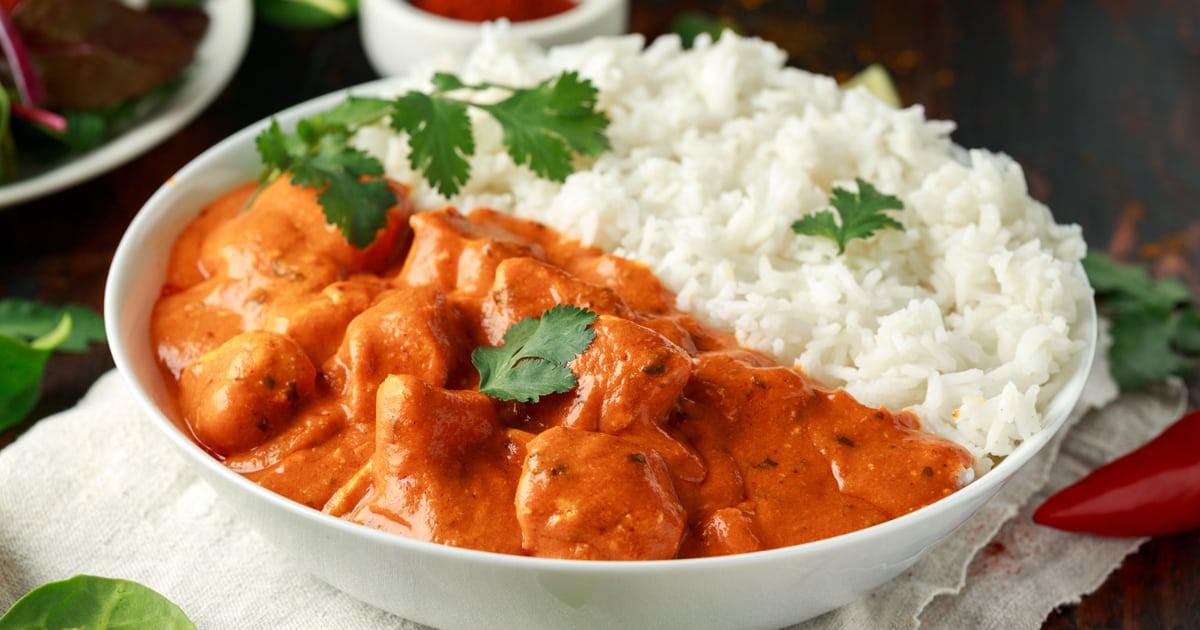
- Flatbreads: Flatbreads such as naan or roti are often served with curry. Bread can be used to scoop up the curry, adding another dimension of texture and flavor to the meal.
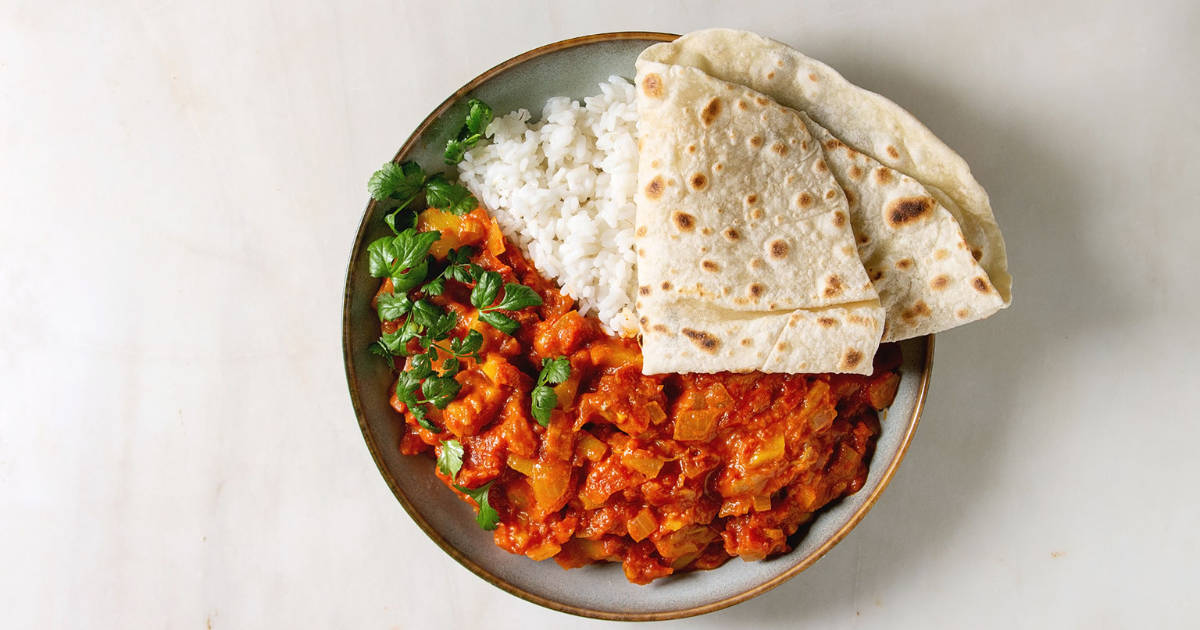
- Vegetables: Serving vegetables alongside your curry can help balance out its richness and provide additional nutrition. Try serving steamed or sauteed veggies such as spinach, cauliflower, or green beans.
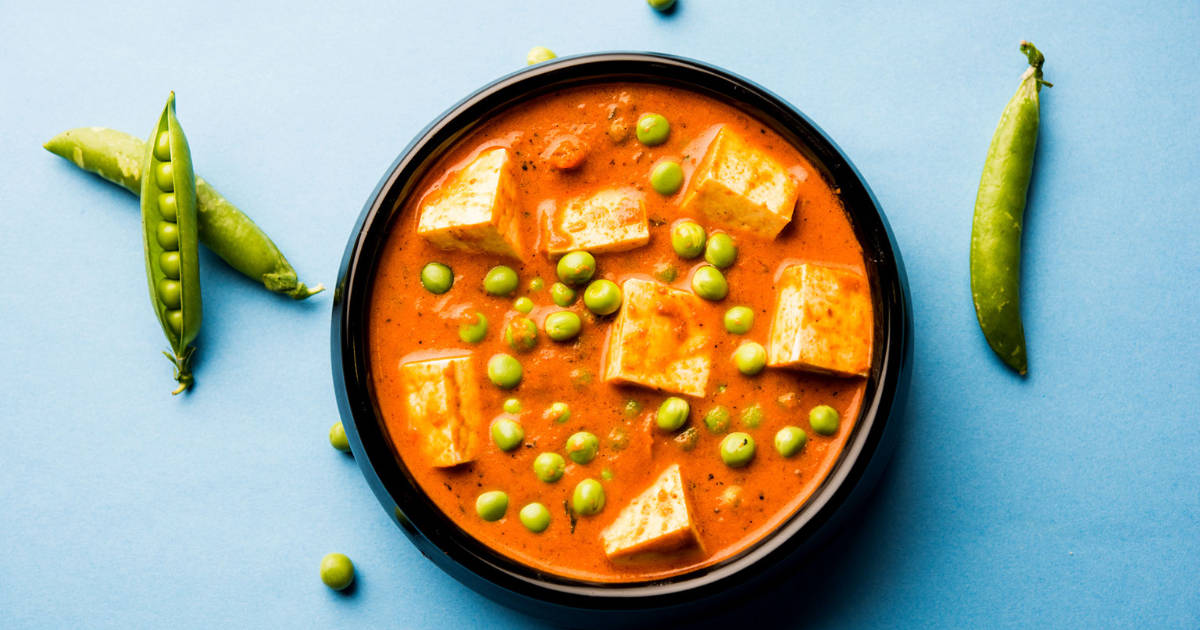
Storing and Reheating Curry
1. Refrigeration
Curry can be stored in the refrigerator for 3-4 days. Ensure it's stored in an airtight container to preserve its flavors and freshness.
2. Freezing
Curry can be frozen for up to three months. Allow the curry to cool completely before transferring it to a freezer-safe container.
3. Reheating Tips
When reheating curry, do so gently over low heat to avoid it drying out or becoming overcooked.
You may need to add a splash of water or broth to thin out the sauce as desired.
Conclusion
Though adding curry powder at the end of cooking can be done, it may not produce optimal results in terms of flavor or texture.
For a more complex, well-rounded curry, toast the spices or use whole spices instead.
Additionally, adding fresh herbs, aromatics, coconut milk, or yogurt can further enhance the flavors in your dish.
Following the tips and techniques, you can create an exquisite curry.
FAQ:
Can I use store-bought curry powder instead of making my own?
Store-bought curry powder can be convenient, but the flavor may not be as complex or vibrant as homemade curry powder.
Experiment with different brands and blends to find one that best suits your palate.
How can I control the heat level of my curry?
You can adjust your curry's heat by altering the amount and type of chili peppers used in its powder or by adding chili paste or hot sauce.
Furthermore, coconut milk or yogurt will help to soothe any burning sensations.
Can I Make Curry Without Curry Powder?
You can create a curry using spices such as turmeric, coriander, cumin, and chili peppers for greater customization and an authentic flavor profile.
In addition, this allows for easier preparation with fewer ingredients.
What are some ways to add more depth and complexity to my curry?
For added flavor, try using whole spices that have been toasted before grinding, including fresh herbs and aromatics, or add a splash of coconut milk or yogurt.
Can I make curry in advance and reheat it later?
Absolutely. Many curries taste even better the next day as the flavors have had more time to blend.
Just store and reheat the curry properly to maintain its quality and flavor.

